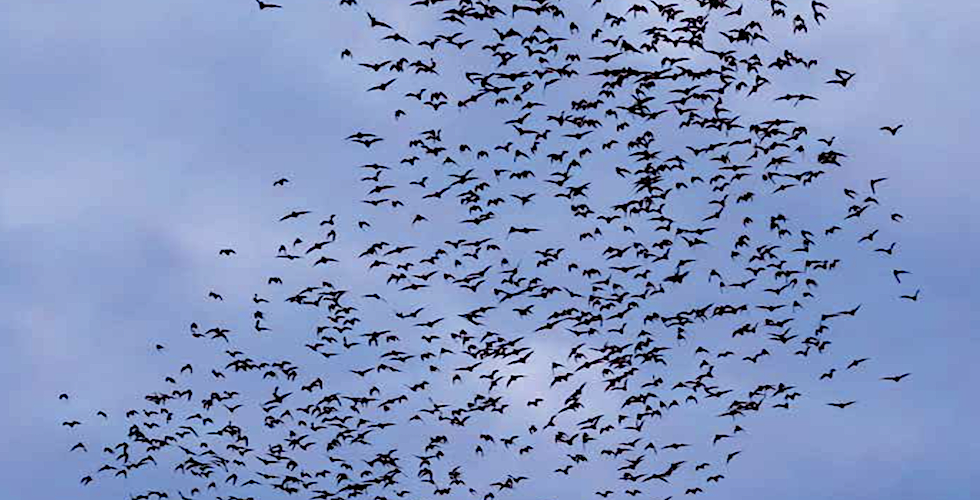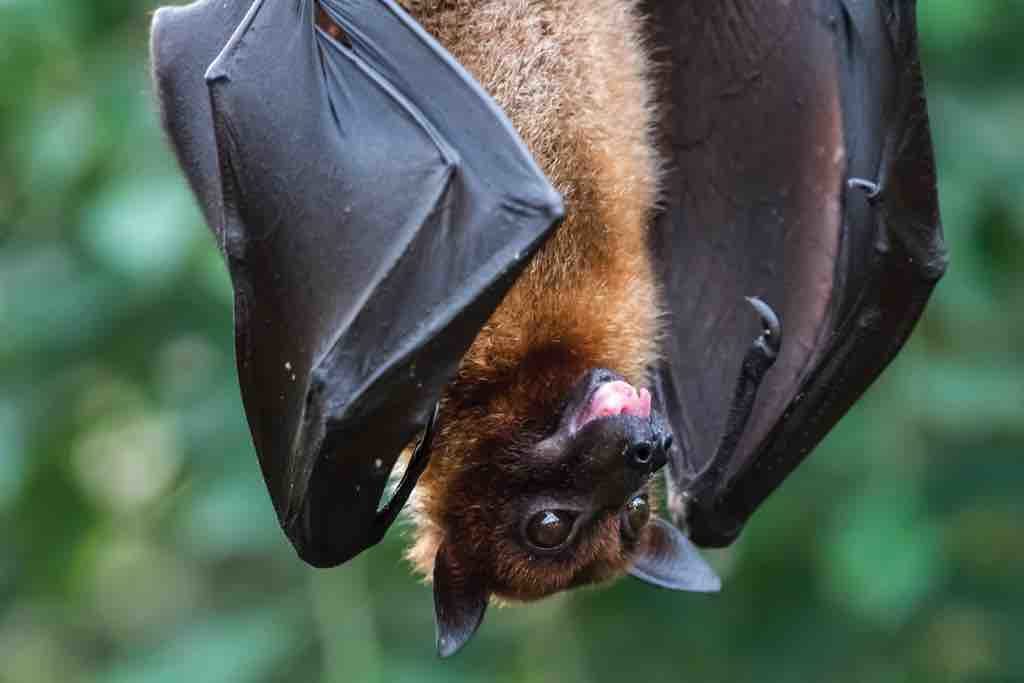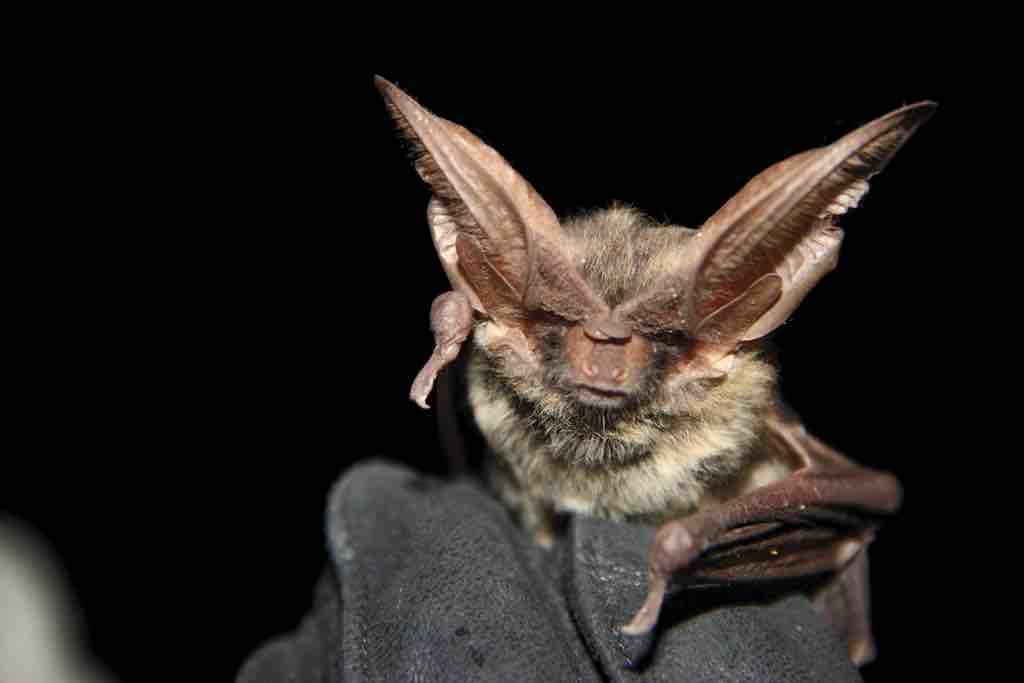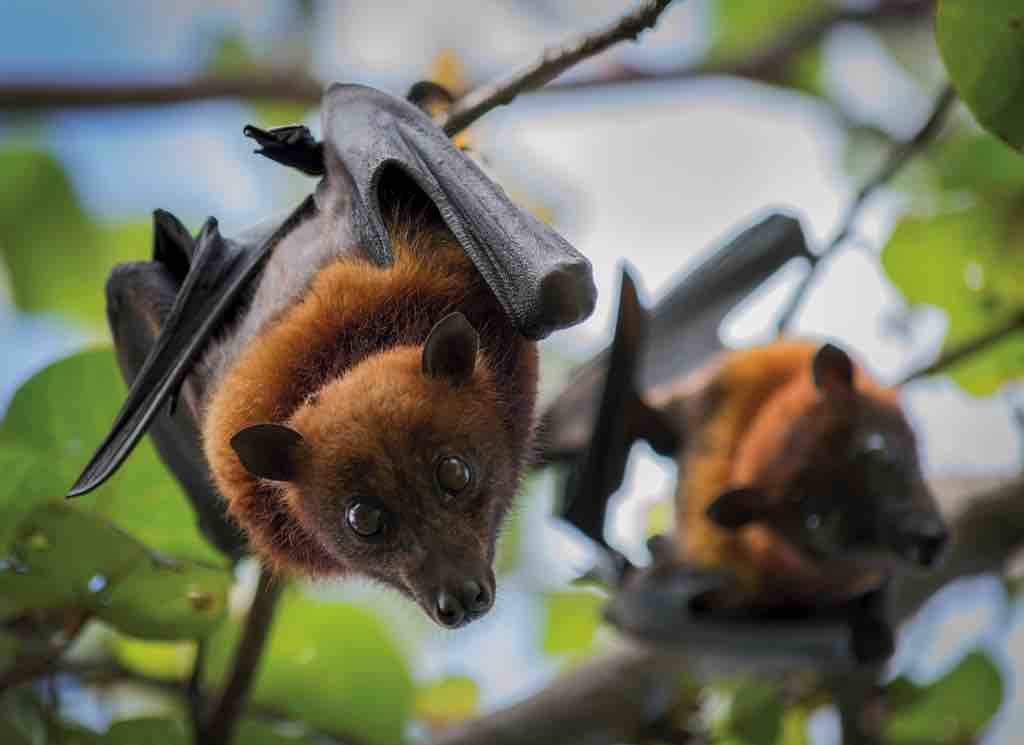
Bats Have an Incredible Story to Tell
There are 45 species of bats found in the United States. All of them are amazing flying mammals that have special adaptations and abilities that help them survive. They are a crucial part of many different ecosystems, they provide people with many benefits, and bats have an incredible story to tell.

Despite the many ways that bats benefit people, they’ve been feared and misunderstood for years, and this has led people to persecute bats and even attempt to destroy entire bat populations. Many of the misconceptions that people have about bats are due to superstitions and myths. Bats certainly are nowhere near the threat they’re claimed to be.
Bats are the world’s only flying mammals. In popular culture, bats are often shrouded in mystery, so perhaps it’s fitting that their evolutionary lineage is also quite enigmatic. While scientists may not yet know the full story behind their family tree, their importance to the natural environment—and to humans—is undeniable.

Bats serve as pollinators, inspire technological advances, and, perhaps most importantly, play an incredibly important role as insect predators. Along the way, they help out farmers (who might otherwise have to use chemical controls for the bugs) and everyday folks, who can enjoy summer evenings with far fewer mosquitoes.
Bats are mammals. Even though they are often described as “flying mice,” they aren’t closely related to rodents at all. Instead, they belong to their own order of animals, Chiroptera (pronounced Ki-rop-ter-uh).

There are two main groups of bats, the Megachiroptera (which, roughly translated, means “big bats”) and the Microchiroptera (which means “small bats” or “microbats”). As you might expect, bats that belong
to Megachiroptera are much larger, and they mainly eat fruit or nectar; they are found in tropical regions of Africa, India, Asia, and Australia. They also don’t often echolocate (use sounds to “see”). Instead, they have very large eyes, enabling them to see well.

Bats belonging to Microchiroptera are found in many places, including North America. All bats found in North America belong to Microchiroptera. These “microbats,” as they are sometimes called, are what most people think of when they think of bats: small, fast animals that use echolocation to see and to track prey.
With the exception of the polar regions and some isolated islands, bats are found nearly everywhere. Highly adaptable and able to fill ecological niches, today there are more than 1,300 bat species found worldwide, with 45 species normally found in the United States and a few more that show up on occasion or accidentally.
Pick up Bat Basics by Karen Krebbs and learn what bats are really like. Bats have an incredible story to tell, and you won’t be disappointed in what you learn. If you enjoyed this post, sign up for our newsletter now!



Annie Long
These critters are the essence of ugly-cute! Who knew how essential they are to our world? I expect they might bite, but I have an urge to scoop one up and look in its eyes, nose-to-nose. Impressive beings, deserving of this handsome book!
Liliane Opsomer
I know. I love bats and some of them remind me of the creatures from the Harry Potter books.